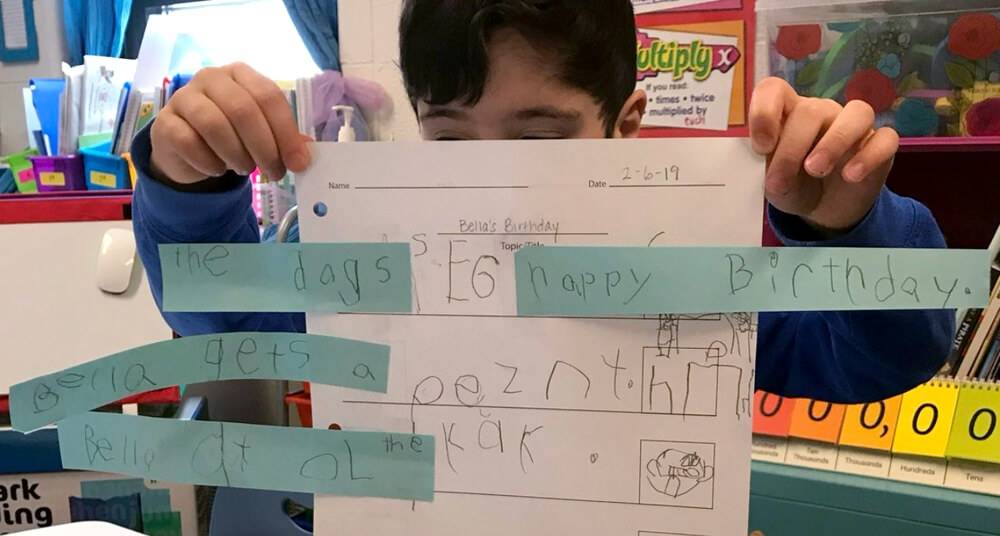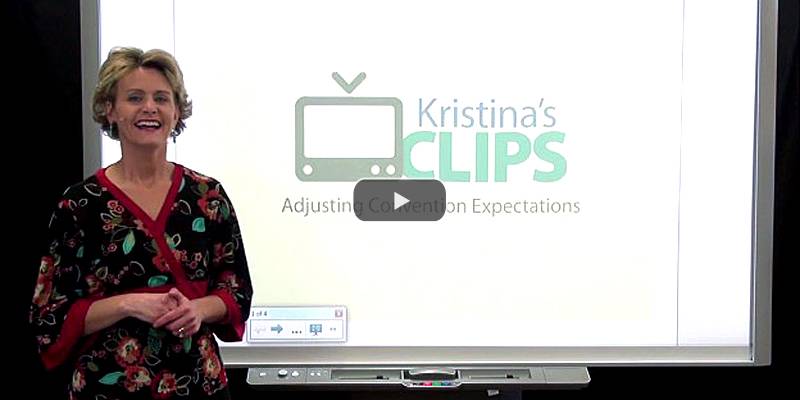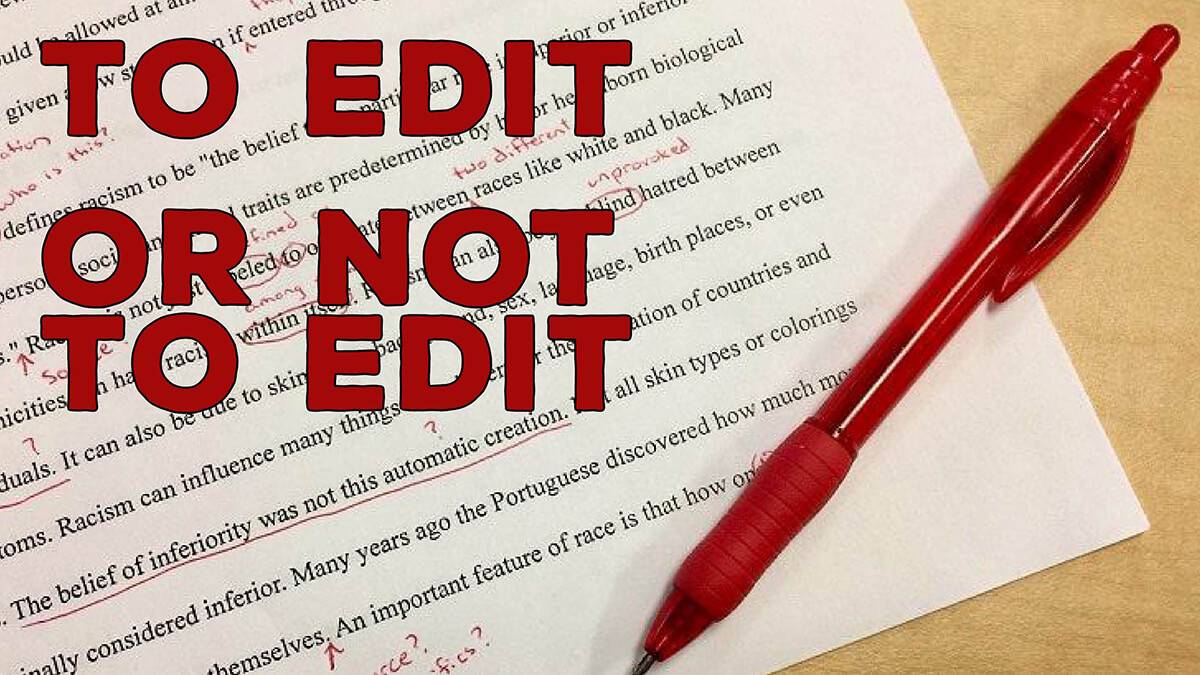Make room to revise & edit
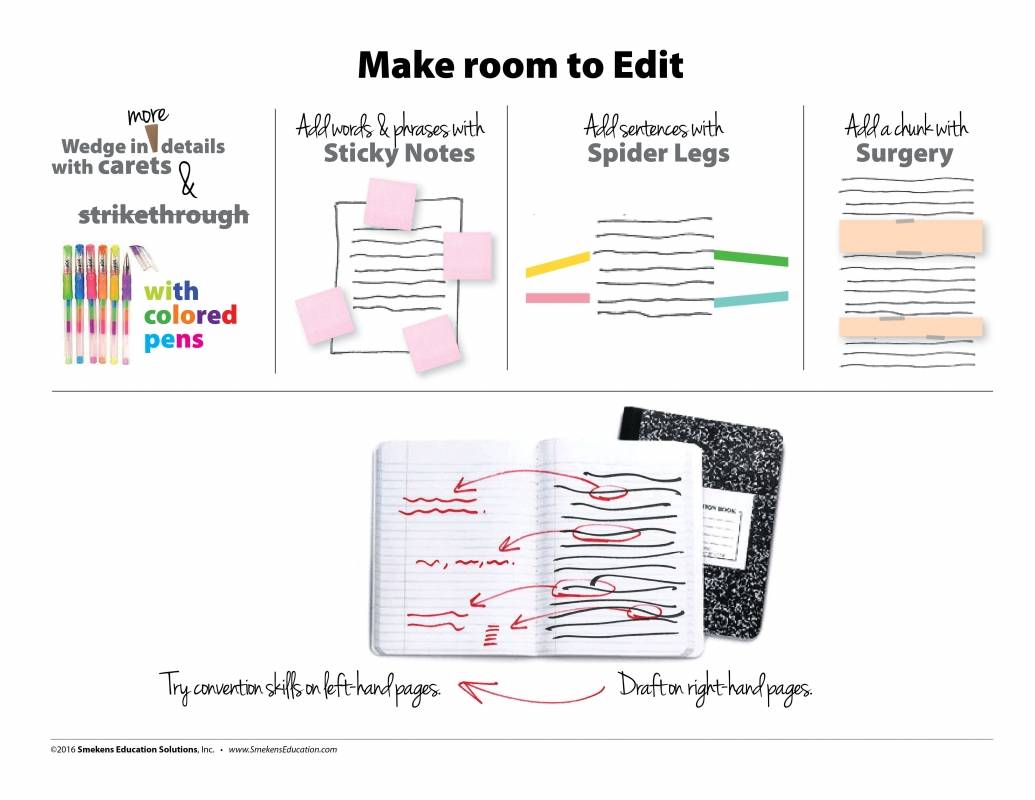 Rather than using a worksheet with isolated sentences, it’s better to have students return to their own authentic writing to apply newly learned grammar and mechanics. But this will require introducing them to ways to make room in their original drafts to insert these improvements and updates.
Rather than using a worksheet with isolated sentences, it’s better to have students return to their own authentic writing to apply newly learned grammar and mechanics. But this will require introducing them to ways to make room in their original drafts to insert these improvements and updates.
Digital revision
If students type their drafts, they can simply insert the cursor and change the font color; this alerts the teacher to any edits. A different color can be used to fix verb tense that may be inaccurate. Or, students can add in a prepositional phrase or dependent clause using colored text. Students could also use the highlighter tool to indicate apostrophes for possessives in one color and for contractions with a different color.
Colored pens
Noticing changes is not a problem if your students are typing their drafts. However, if students are handwriting first drafts, provide them with colored pens. This makes the editing process more fun and now you can see what they’ve added or edited.
Sticky notes
If you’re working on a certain part of speech, students could return to a previous piece of writing and jot down adjectives in front of nouns on small sticky notes placed near the words they want to modify. To assess, read only the sticky notes. You don’t have to read the entire piece.
Spider Legs
Sticky notes work great if you want them to insert a couple of words. But what about whole sentences? They could return to a piece of writing and have to change an original simple sentence into a longer compound sentence. Taking two sentences and combining them requires more space than a sticky note. Cut up strips of paper. These are “spider leg” sentences that are then taped onto the original draft (the spider’s body). Increase the fun and motivation by using colored paper for the “legs.” PRIMARY NOTE: Students can take fragments from their original writings and flesh them out into full sentences.
Story Surgery
Many of the convention skills we teach may require more room than a sticky note or spider leg provide. This is when you might want to apply the surgery strategy. Students cut apart their original pieces, add in larger pieces of paper, and tape the sections back together. This is the notion of cutting open their writing and messing with the guts. (That extra section they added can be compared to adding an organ to the body.)
Spiral/Composition Notebooks
Within a notebook, students also need room to edit. Consequently, have them write only on the right-hand side of the page. Then, after a future grammar lesson, they can return to a previous writing and use the left page for revisions/edits.
For instance, if we just taught them how to use dependent clauses, they might go back and circle a sentence and rewrite it on the left-hand side utilizing a dependent clause. Or, if you’re working on commas in a series, they can circle a sentence on the right and rewrite it on the left using commas in a series. They can change a sentence that was passive voice into active voice. Or, they could just work on different types of adverbs, making a list of adverbs that would fit an identified verb. The entire left-hand page allows space for editing.
There are lots of ways that students could “make room” for new conventions skills to be incorporated into their previous writings. Identify the strategies that work for your grade level and writer’s notebook setup.
Add an editing station to your writer’s workshop
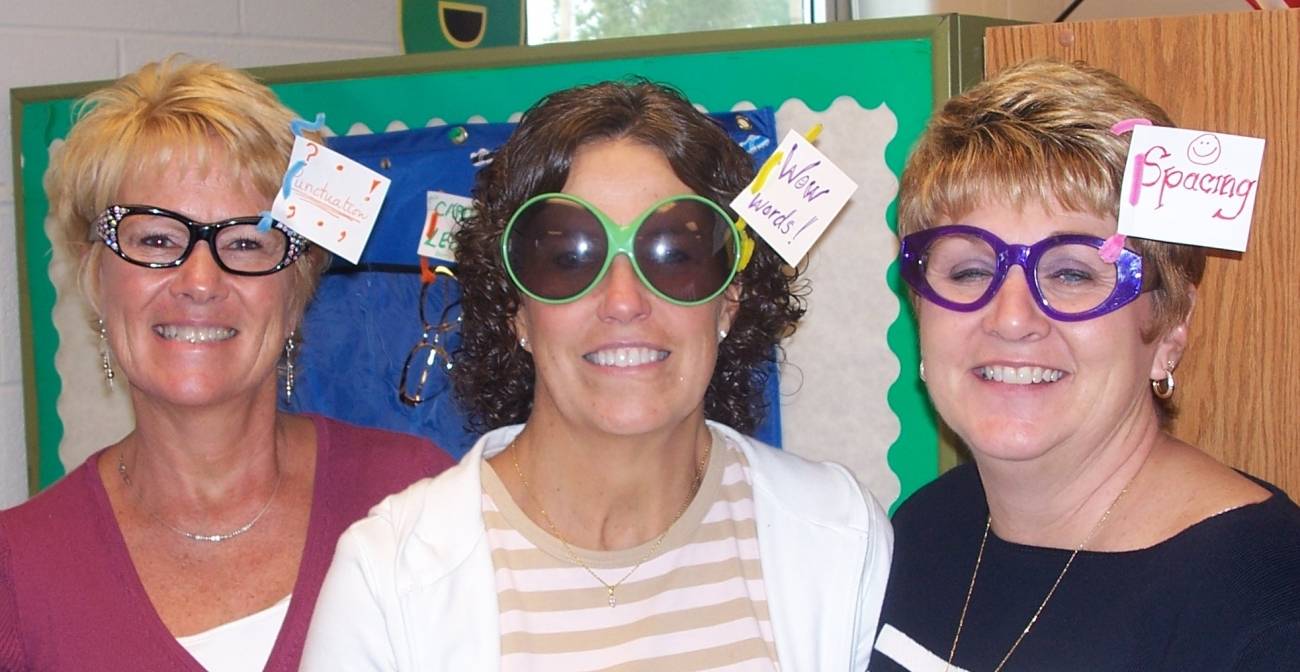
She has collected numerous plastic sunglasses and popped out the lenses. Each of the frames is within a section of a pocket chart along with a colored pen. When students are “done” writing in her classroom, they move to the Editing Station and put on the different glasses to check over their work one skill at a time. When they switch glasses and pens, they are looking for a different skill. This has students rereading their own writing multiple times looking for different errors. So creative! (Pictured with Colleen are Upland teachers Terri Brooks/middle and Debbie Small/right.)
NOTE: Glasses and pens are added to the pocket chart as she teaches the individual skills. Also, consider having students only edit for 3-4 skills, rather than all the convention skills. It can be daunting to have to edit for too many skills, especially when you’re in the primary grades. You may want to have a list of student names in each pocket, identifying which students you want to edit for that particular skill. This could be a means of differentiating skills for each student.
Teacher comments
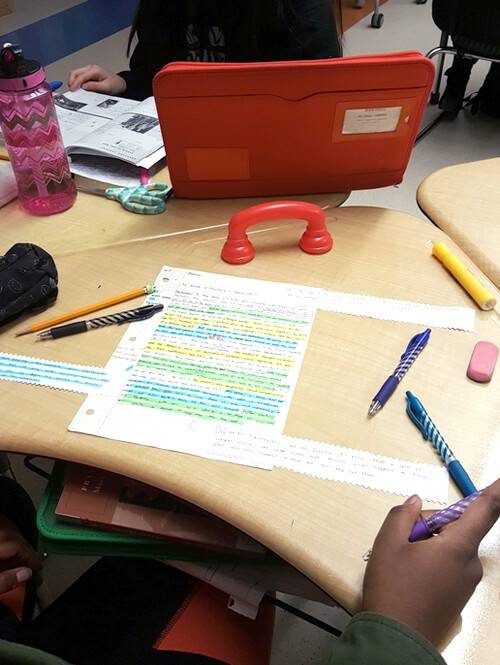
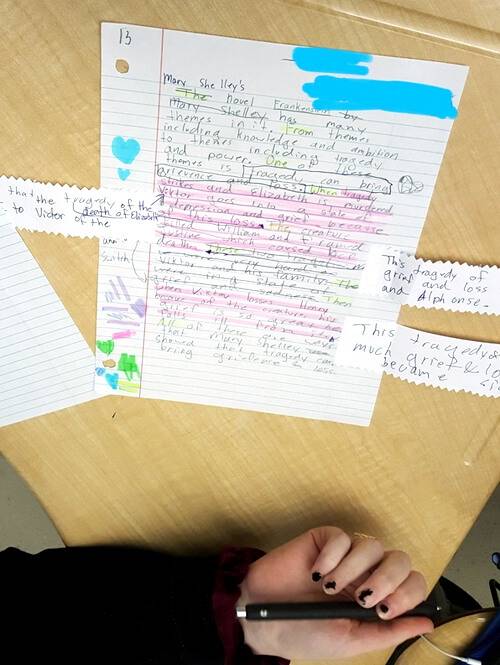
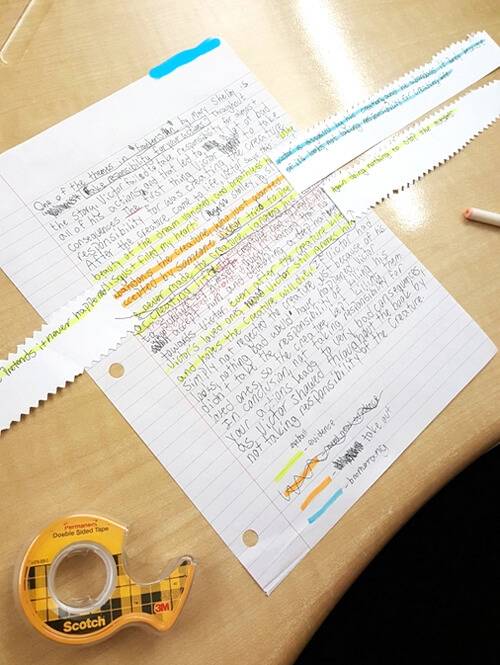
On the other end of the spectrum, Kristin Walsh, resource teacher at Stone Elementary School (Addison, IL), shared: Kindergartners used “spider legs” to turn words from a list into sentences.
